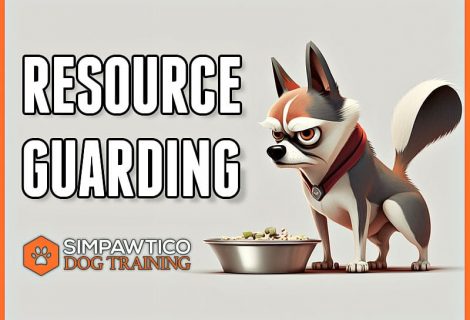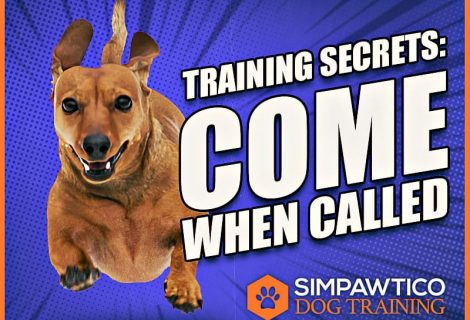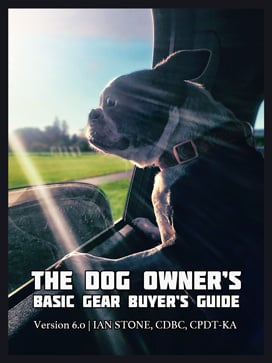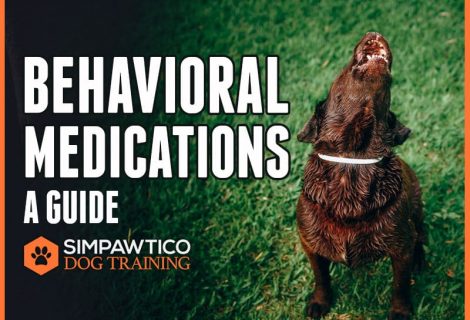Dog Hide and Seek – Best game for teaching Stay, Come, and bonding!
This post contains affiliate links. These won’t cost you anything, but the commissions we may earn through them help offset the cost of dog treats. Thanks for your support!
Teaching your dog to Come when called can be a somewhat tedious process. We have to cultivate a bond, generate spatial gravity, and teach them the meaning of the word “Come” through focused training exercises. Once you get through those pieces, though, you can use some cool games to shore it up and keep it strong. One of our favorites is Hide and Seek!
THE POWER OF PLAY
One of the most important take aways from learning about developmental games is how important play is and honestly we’ve been sneaking this idea into our videos this whole time.
I mean the very first thing we do with ANY dog is our engagement game. It’s fun, it’s playful, and it’s dynamic. It teaches communication and focus while appealing to things that really turn your dog on.
And so, as we move along in our training, everything is a precursor to play, which contributes to motivation and commitment. Every time we go out, we play. Then we get engagement. Then when we have engagement, we ask for obedience, which is going to be super easy at that point.
This is part of the power of play. I mean, heck, volumes have been written about the importance of play in schools, in the work place, in relationships. Why would it be any different between you and your dog?
I think though people not only tend to undervalue play, but also misunderstand what constitutes play. If your dog thinks training is play, we can cultivate a passion for it and we make it super fun and rewarding for them.
Good engagement also builds confidence. We want our dogs to thrive in a multitude of situations. We want to be able to take our dogs with us as we move around the world. Confidence and stability are really important to that.
Another concept I’ve mentioned on this channel before is Spatial Gravity. You want to develop an attraction between you and your dog where they have a tendency to orbit around you and spiral inwards, a kind of centripetal motion.
This is important to our work as well. So let’s dive in!
HIDE & SEEK: HOW TO TEACH IT
Hide and seek is one of our favorite activities and it is a powerhouse game to play with your dog.
Not only is it a lot of fun, but it really refines some great skills, specifically stay, come, and engagement in general. Here’s how it works:
Your dog should have a good grasp of stay and come before you start. Make sure you’ve practiced both of those beforehand.
You’ll want some room to work. This works great in a large house; if you do not have big house, or you live in an apartment, you’ll want some safe, fenced in place to play in.
If you’ve done any work with a platform, it’s not a bad idea to start on that and that will help your dog figure out the game faster. We train all of our dogs on platforms and it’s a super way to develop their skills.
For an example, here’s our favorite training platform, the Klimb, on Amazon.
To start the game, put your dog into a Stay, and walk away out of sight. For the first few runs of this you want to make it super easy for them to find you so they get the gist of the game. Don’t make it too difficult to find you or they’ll give up and the game will be counterproductive.
I would say just stop wherever you went out of sight.
Call your dog. When they find you, move into a prolonged and joyous reward event. This ought to be an easy thing to build on.
Then, simply make it progressively harder to find you.
Always explode into a long and amazing reward event. It’s got to be worth it to find you.
When I first moved to New York state in 2007 I moved into a massive 3000 sq.ft. Victorian house. When Dexter was a puppy we’d play Hide and Seek in that house and he was so good at it. I could put him in the family room and hide in the closet of an upstairs back bedroom and he’d go and go until he found me.
ACCOMMODATIONS
You can have someone restrain your dog to build drive just like we do for restrained recall practice (as long as your dog is comfortable with the Helper and with being restrained). Eventually, though, this is best when it’s one on one.
Don’t ratchet up the difficulty too fast, and that also means to watch out for distractions. If you have to play this outside somewhere there’s a greater chance that those competing motivators will pull your dog from their search. Make your hide accordingly easy for them so they’re continually successful.
NOW GO HAVE FUN!
All right everyone. I want you to have some real fun with this. Remember you need to have already spent some time teaching Come and Stay, so don’t get too excited and put the cart before the horse. Once you’re ready for this, you guys are going to have a blast.
Now question for you: what are some of YOUR favorite games? And how are you incorporating more dynamic fun and play into your training? Let’s connect in those comments below, or on YouTube.
As always, keep learning, keep practicing, and we’ll see you again soon. Have fun and thanks for watching.










Trackbacks for this post